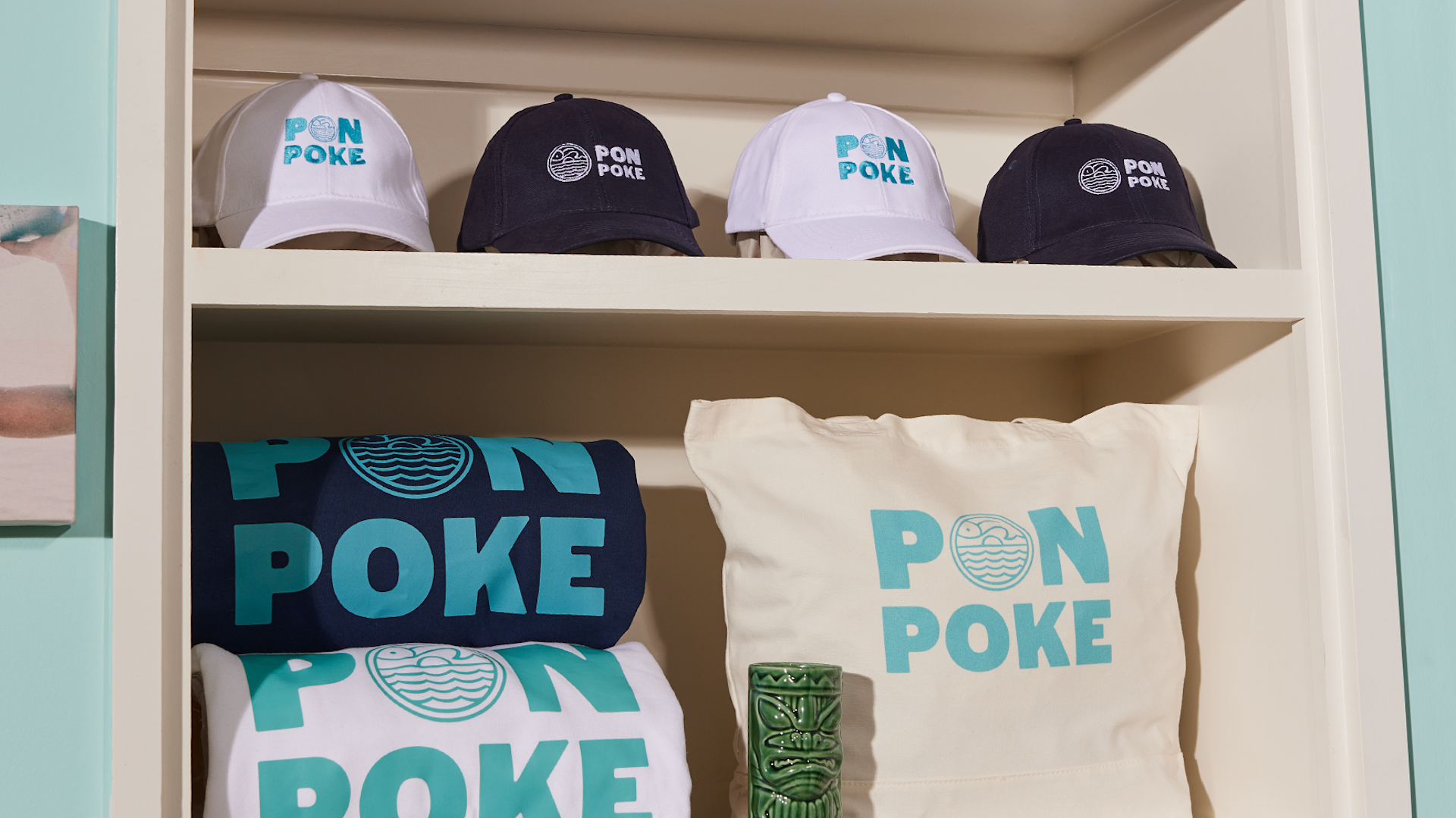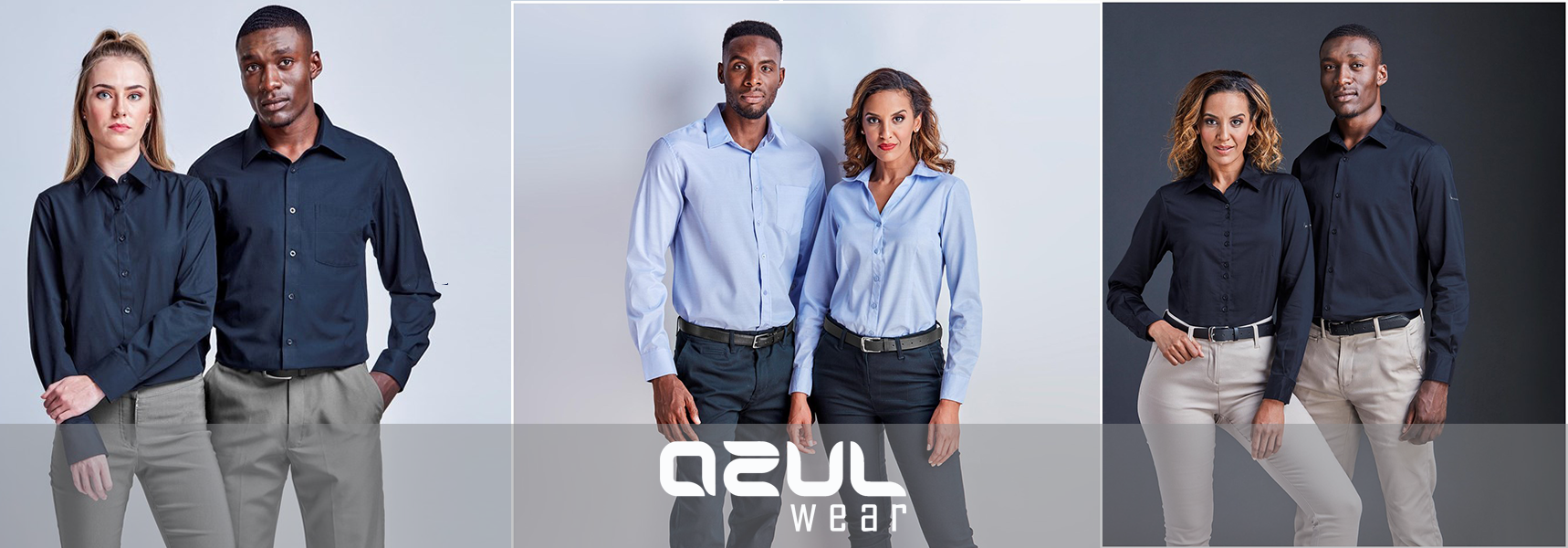Understanding Clothing: The Importance of Material Options in Your Closet
The selection of textile in clothes plays a pivotal function in both aesthetic appeals and functionality. Different materials use differing levels of convenience, breathability, and longevity, directly influencing the user's experience. Recognizing these subtleties can enhance one's closet noticeably. Lots of overlook how these choices can influence not just individual style, yet likewise sustainability. What fabric choices could redefine your wardrobe and align it with both design and responsibility?
The Function of Material in Fashion and Performance

Common Fabric Kinds and Their Features
When picking garments, understanding the features of typical textile types is important for making informed options. Cotton, a widely-used natural fiber, is recognized for its convenience, breathability, and softness, making it suitable for sportswear and daily garments. Linen, an additional natural option, flaunts superb moisture-wicking homes and an unique appearance, suitable for warm climates.Wool, usually preferred for its heat and durability, varies in fineness; merino woollen is soft versus the skin, while coarser types are utilized for outerwear. Synthetic materials like polyester and nylon supply longevity and resistance to wrinkles, making them prominent for activewear and travel garments. Ultimately, blends, which integrate synthetic and natural fibers, can enhance functionality while maintaining comfort. By acknowledging these fabric attributes, people can select clothes that straightens with their way of life and visual preferences.
Breathability and Convenience: Choosing the Right Fabrics for Various Climates
Selecting the ideal textiles for numerous climates can significantly boost comfort and general wearability. Breathable materials are vital in warm environments, as they permit air flow and wetness dissipation. Fabrics such as cotton, bed linen, and moisture-wicking synthetics efficiently draw sweat far from the body, maintaining the user cool and dry. On the other hand, in cooler climates, thicker textiles like wool or fleece offer insulation while retaining breathability, guaranteeing heat without overheating.Additionally, the option of fabric weight plays a crucial function; light-weight fabrics are more suitable for summertime, whereas much heavier choices are fit for winter season wear. Comprehending the unique buildings of each textile allows people to clothe suitably for varying weather condition conditions. Ultimately, choosing breathable and comfy materials customized to details climates can substantially improve everyday comfort and enhance the overall experience of using garments.
Resilience and Treatment: How Textile Influences Longevity of Your Wardrobe
Choosing the appropriate products can considerably affect the sturdiness and treatment needs of a closet. Fabrics such as cotton and polyester are known for their strength and ease of maintenance, making them excellent for daily wear. In comparison, delicate products like silk and shoelace require more careful handling and specialized cleaning approaches, which can raise the moment and initiative required for care. Branded Clothing.Durability is likewise influenced by the material's weave and surface; securely woven fabrics tend to resist deterioration much better than loosely woven options. Additionally, synthetic blends typically offer improved toughness, integrating the finest high qualities of multiple fibers.Understanding the care guidelines for every fabric is essential, as incorrect drying or washing can lead to premature wear. Ultimately, choosing durable products can his comment is here bring about a longer-lasting closet, decreasing the regularity of replacements and contributing to a much more lasting style selection
The Effect of Fabric on Fit and Silhouette

Sustainable Textile Options: Making Eco-Friendly Choices
The influence of material prolongs past fit and shape to incorporate environmental aspects, triggering an expanding interest in lasting textile options. Green textiles, such as natural cotton, hemp, and Tencel, are obtaining grip amongst consumers who prioritize sustainability in their closets. These materials are often produced with fewer chemicals and water, lowering their environmental footprint.Additionally, recycled fabrics, made from post-consumer waste, provide a cutting-edge remedy to the fabric market's pollution problem. Brands significantly accept openness in their sourcing techniques, allowing consumers to make educated choices regarding their purchases.Choosing sustainable textiles not just sustains moral methods yet also motivates the apparel industry to adopt more liable production techniques. As recognition of environmental concerns rises, individuals are prompted to assess the long-lasting effect of their textile choices, cultivating a movement in the direction of an extra eco conscious and lasting strategy to style.
Elevating Design: How Textile Can Transform an Outfit
While lots of may concentrate on shade and cut when choosing a clothing, the option of fabric plays an important function in boosting design and enhancing total look. Different products communicate distinct state of minds and messages; for instance, silk exhibits deluxe and class, while jeans offers an informal, relaxed ambiance. The texture and drape of a textile can substantially alter the silhouette, with structured fabrics giving a refined look and softer ones producing an extra fluid, loosened up aesthetic.Moreover, the weight of the fabric influences wearability across seasons. Lightweight textiles like linen and cotton are optimal for summer, while heavier products such as wool and velour give heat and beauty in cooler months. Comprehending fabric residential or commercial properties, such as breathability and stretch, also empowers individuals to make educated options that improve comfort without endangering style. Ultimately, the right fabric can transform an attire from regular to remarkable, making it a vital consideration in any type of closet.
Regularly Asked Questions
Just how Do I Determine the Fabric Material of My Clothes?
To recognize fabric material, one can examine care tags, conduct shed tests for fiber identification, or get in touch with material examples. These methods aid differentiate products, making certain notified choices for clothing care and upkeep in day-to-day wear.
Can Fabric Selection Affect My Mood or Confidence?
Material selection can greatly influence a person's state resource of mind and confidence. Branded Clothing. Particular products may stimulate sensations of comfort or style, while others can feel restrictive or unflattering, eventually influencing self-perception and emotional wellness throughout the day
What Fabrics Are Ideal for Sensitive Skin?
For people with delicate skin, natural textiles like cotton, linen, and bamboo are usually suggested. These materials are breathable, hypoallergenic, and less likely to create irritability, making them appropriate selections for comfort and skin health.
How Do I Appropriately Wash and Treatment for Different Fabrics?
To appropriately clean and care for various textiles, one have to think about each material's details needs, including temperature settings, cleaning agents, and drying out approaches, making sure long life and maintaining the material's initial top qualities for suitable usage.
Exist Specific Fabrics for Athletic or Performance Put On?
Athletic or efficiency wear usually uses fabrics such as spandex, nylon, and polyester. These materials are designed for moisture-wicking, breathability, and flexibility, enhancing movement and convenience during physical activities while offering durability and assistance. Conversely, in colder climates, thicker textiles like woollen or fleece offer insulation while retaining breathability, making sure warmth without overheating.Additionally, the selection of fabric weight plays an essential duty; light-weight textiles are more suitable for summer season, whereas much heavier options are fit for winter wear. In comparison, delicate products like silk and lace need more mindful handling and specialized cleaning approaches, which can enhance the time and effort required for care.Durability is also right here affected by the textile's weave and coating; snugly woven materials tend to resist wear and tear much better than freely woven options. In contrast, inflexible materials can limit motion however offer a classic, polished look.Moreover, the density and texture of the material can influence the aesthetic assumption of body shape. The influence of fabric extends past fit and shape to incorporate environmental factors, triggering a growing passion in sustainable fabric options. The structure and drape of a textile can substantially change the silhouette, with structured textiles giving a refined appearance and softer ones creating a more fluid, loosened up aesthetic.Moreover, the weight of the fabric affects wearability throughout periods.